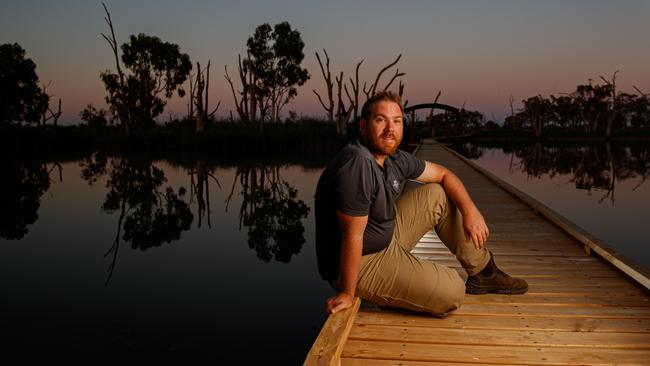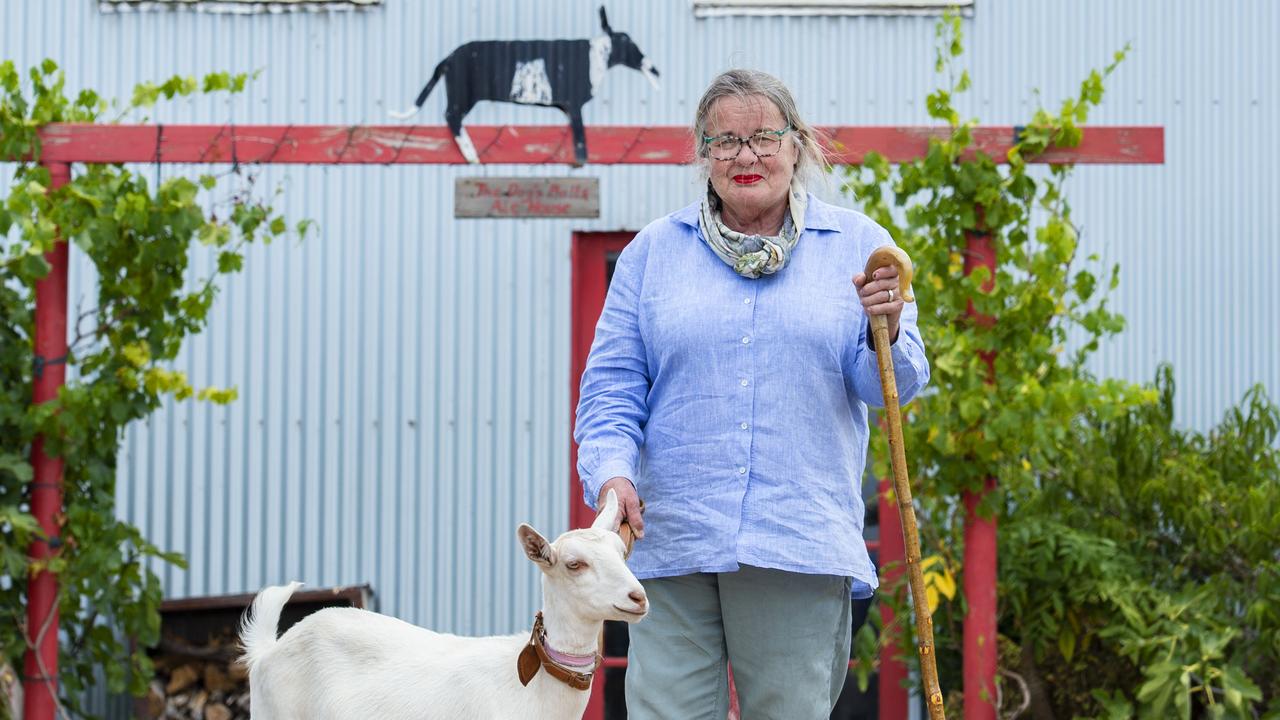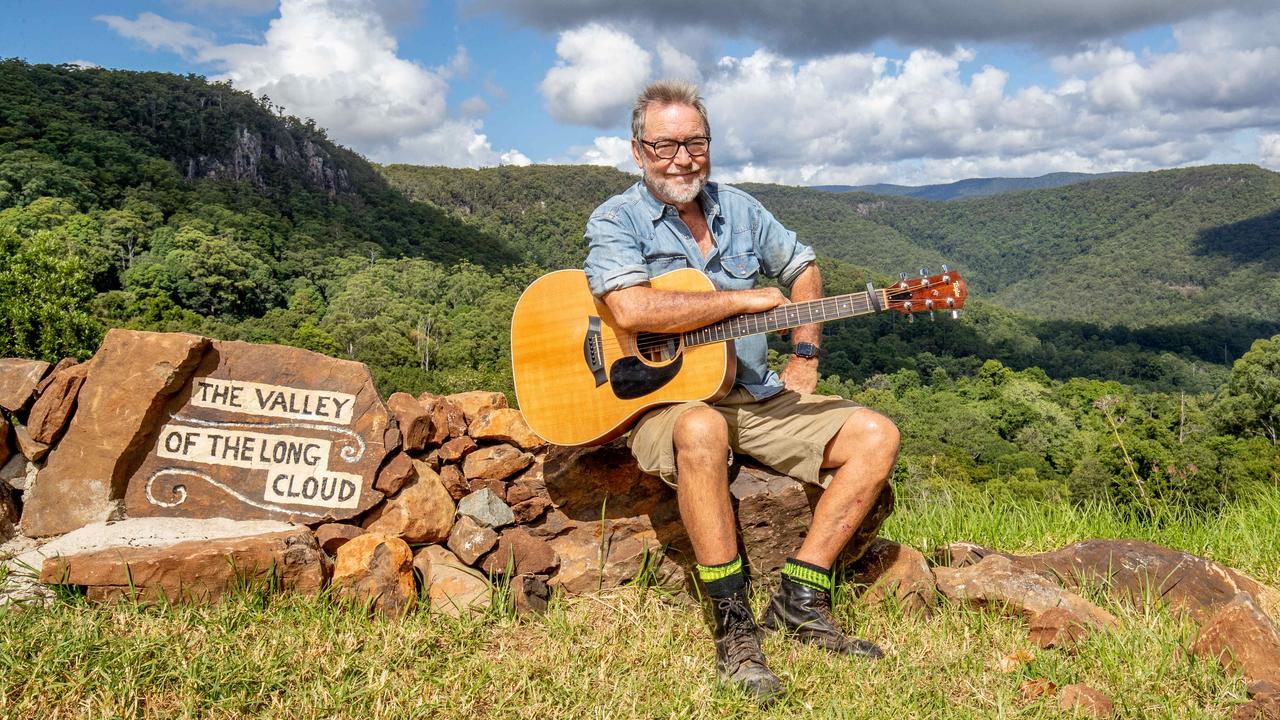Banrock Station winery’s work to protect wetlands and environment
Cheers to the winery protecting its wetlands — and the man who makes it so.

BUY a bottle of Banrock Station wine and it’s possible you’ll find Tim Field’s image sketched on to the label.
Tim is not the owner of the South Australian Riverland company, nor the winemaker and not even a viticulturist, so why the public exposure?
The 36-year-old is the manager of Banrock Station’s internationally significant wetlands, part of a team of two rangers who work alongside winegrowers to protect and preserve the environment.
“Even when I first applied for this job I questioned whether it was just greenwashing, whether they said they were doing environment work but under the surface maybe not so much,” says Tim, who started in the role eight years ago.
“But what we do here is environmental science, right down to taking the same photo every year from the same place so we can monitor changes.
“This afternoon I’m going out to do fish surveys, which we do about once a year.
“I work closely with the cellar door team especially to ensure they are up to date and can answer customer questions. That’s why I have my photos sketched on to bottles and write the accompanying text to ensure it’s accurate.”
Banrock Station, at Kingston On Murray, totals 1850ha, of which 1500ha is the internationally listed Ramsar site of floodplains, red gum and black box forests, alongside Mallee woodlands and sandhills. It features some critically endangered plant and animal species, and even a daisy once thought extinct. Just last year the winery opened a botanical garden with an 8km walking trail for customers to their cellar door, to demonstrate their best-practice environmental work.
Since 2011 Banrock Station has been part of Accolade Wines, which includes other South Australian labels such as St Hallett and Grant Burge Wines.
But it was previous owner Hardy Wines, who owned the label from the late 1990s to 2011, that was instrumental in creating and seeking the Ramsar listing for the property, which means it is a wetland of international significance, protected by a global treaty.
“It’s pretty unusual,” admits Tim, adding there are 66 Ramsar sites in Australia, most on public land. “There are a couple of privately owned Ramsar sites in Australia, but mainly by non-government organisations. I don’t know of too many that are businesses who have an operational aspect.”
He says the property was previously overgrazed, cleared and salinity-damaged, with a natural floodplain popular with duck hunters. When Hardy Wines took over, they worked to return the floodplain to its natural state, not impacted by human activity, gaining Ramsar listing in 2002.
Tim says while there are 350ha of viticulture alongside the wetlands, he works independently from the viticulturists, only liaising to ensure vine management practices such as spraying and slashing don’t impact the environmental work.
The rangers’ work is considerable, from erosion and salinity control to soil chemistry monitoring and pest management, including erecting a 14km pest exclusion fence to keep out foxes, cats, rabbits and hares, alongside baiting, trapping and shooting.
The rangers have created a nursery capable of propagating up to 20,000 plants a year, with the help of volunteers, schools and community groups, on average planting out 8000 trees in 100 different species, including the spiny daisy, once thought extinct in South Australia.
They also have plans to reintroduce threatened animals such as reptiles and turtles.
While the winery’s rangers’ overall aim is to maintain the wetland in its natural state, that’s not always easy given human influence over the nearby Murray River.
“We want to return the area to its pre-European conditions, which had variability between wet and dry,” Tim says.
“But the locks on the Murray make that difficult, with a permanent 3.5m increase in water levels, so we have to instigate wet and dry years.”
In the early years of Hardy’s work, the wetlands were used to provide irrigation water to the vines, but several years ago this was stopped and now the wetlands receive dedicated environmental allocations from the South Australian government. The vines have water from the Murray River for their farm entitlement.
Tim admits he often bumps up against heated discussions on water policy, often explaining the critical need for environmental flows.
“There’s so much flood plain country that needs water that is not getting it and dying back, losing diversity.
“If we took all the water out of the river and used it for other purposes, the river would die. So having some water go through is crucial.”
Tim grew up in Melbourne and completed a natural resource management course at TAFE. He worked in a threatened species program on Kangaroo Island, then a seal microchip and tagging program on the sub-Antarctic Macquarie Island.
With his wife and three children, Tim now has his own small 25ha native food farm and says given his natural resources background, he never expected to work for a winery.
“Deep down I feel like I’m making a real difference. I can go back to trees I planted in 2002 and see them towering now.
“This role is an opportunity to educate people — the public and even colleagues — on environmental science.”
MORE COUNTRY LIVING
LIFE IN THE SLOW LANE ON THE APPLE ISLE


